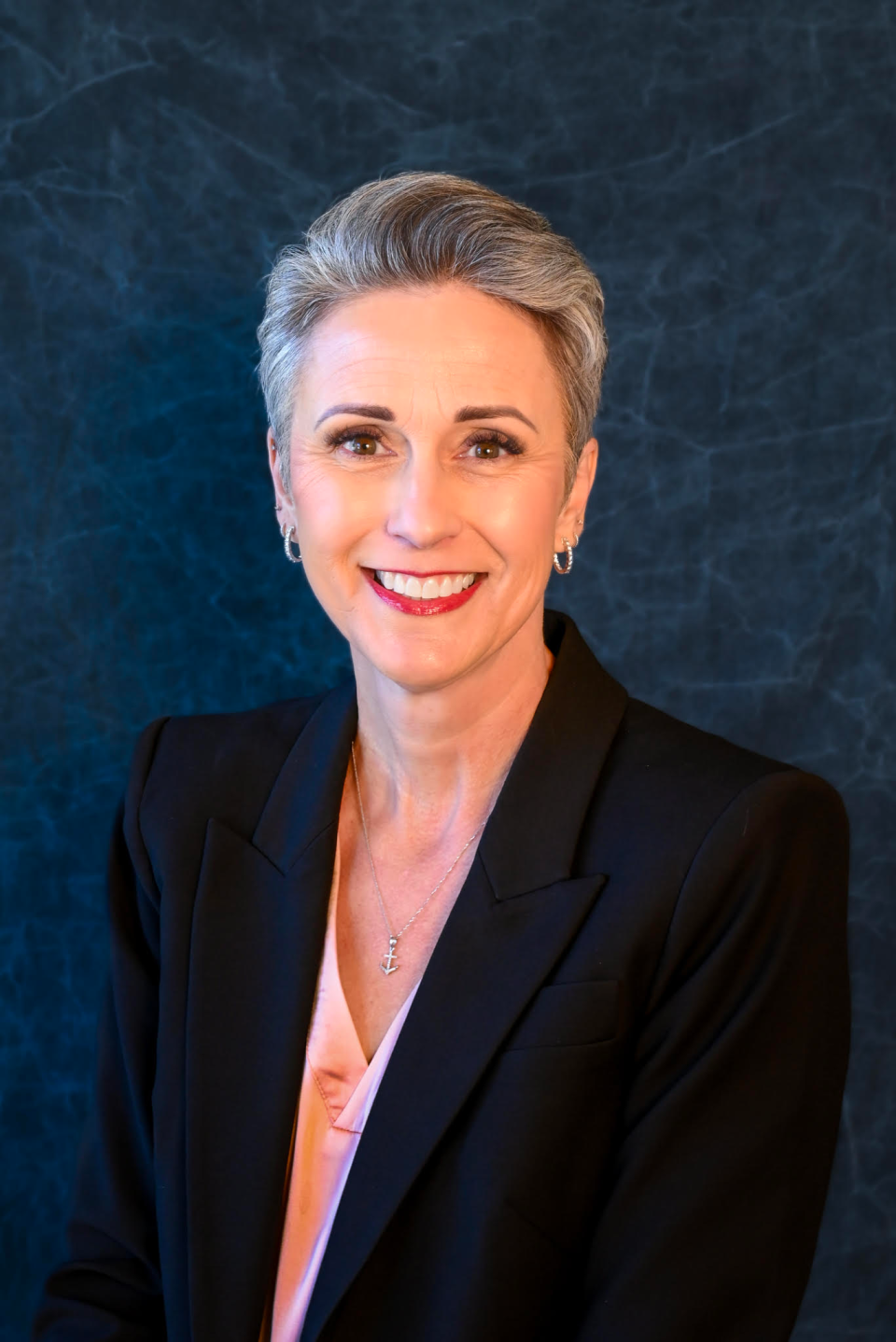Oklahoma dentist: We need greater focus on health equity for Native people
The last three years have been challenging for everyone, particularly in health care. It’s only exacerbated the hardships faced by Native Americans and Alaska Natives in accessing care even before the pandemic. I have spent decades in Oklahoma working with Native communities, and, as a dentist, I know we must raise awareness of the incredible unmet need for oral health care I continue to witness.
Native Americans suffer significantly worse oral health than the U.S. general population, with astonishing rates of untreated tooth decay among children and gum disease among adults. Fifty-seven percent of Native Americans ages 35 to 44 years had untreated decay in 2022. This is more than twice the rate of the overall U.S. adult population that had untreated decay in 2022 (26%).
The poor oral health of Native children is even more concerning. More than half of Native American and Alaska Native children ages 1 to 5 have caries, which, when left untreated, can have serious consequences, including difficulty chewing, compromised nutrition and impaired speech. According to a recent report, Native American and Alaska Native children ages 3 to 5 have the highest prevalence (71.3%) of early childhood caries of any population group in the U.S. — almost three times higher than white non-Hispanic children.
One of the biggest factors exacerbating these disparities is the absence of accessible oral health care in Native communities. In 2014, 2.4 million Native Americans lived in dental care shortage areas, or dental deserts. Native American and Alaska Native adults reported that, based on where they live, getting dental care would be extremely difficult, very difficult, or moderately difficult (39.0%) compared with non-Native American and Alaska Native adults (24.3%).
Fortunately, things are steadily reversing. From 2010 to 2019, the prevalence of untreated decay in children ages 1 to 5 decreased from 39% to 34%, and from 1999 to 2022, 61% of Native American and Alaska Native adults ages 55+ had untreated decay compared to 45% — an improvement of 26%. The trend of closing the gaps in oral health disparities is in line with national data, but it’s not nearly enough — underrepresentation in the field only compounds the problem.
A study completed by George Washington University in 2019 found that Native Americans were severely underrepresented in the health care workforce — including dentistry. Results show 68.7% of dental professionals were white, while only 0.3% were Native American.
Visiting a dentist with a similar background allows for trust to be built between patient and practitioner and fosters an environment of education. Dentists like Darlene Sorrell, the first Navajo dentist and a founding member of the Society for American Indian Dentists (SAID), have seen the positive impacts of care delivery by Native dentists and mentorship programs can have on young adults looking to join the dental workforce. Thus, diversifying the workforce is a crucial step towards health equity.
Right now, DentaQuest, part of Sun Life U.S., is working hard to expand representation in the workforce with scholarships and opportunities for students training in dental care. One program directly supports Native American and Alaska Native aspiring dental professionals with test preparation and fees for the Dental Admissions Test, leveling the playing field with other students who can afford multiple tries and additional prep courses.
Accessing oral health care and having the opportunity to join the dental and medical workforce shouldn’t be a struggle for any Native American in this country. There is a severe oral health crisis in the Native American and Alaska Native population, and we simply don’t have enough practitioners to combat the effects. Let’s invest in the health and well-being of Native Americans in this country by providing them with the oral health care and resources they need.

Jandra Korb, DDS, joined DentaQuest as dental director after spending more than two decades practicing general dentistry in Vinita, Oklahoma. She spends significant time volunteering within educational and dental realms and has served as a member of the Board of Health for Craig County, Oklahoma.
Dr. Korb is a member of the SAID Policy and Legislative Committee as well as a Core Team member for the Native Oral Health Network. Dr. Korb earned her bachelor’s degree in nursing as well as her DDS at the University of Oklahoma Health Sciences Center.
This article originally appeared on Oklahoman: Oklahoma needs more Native practitioners to combat oral health crisis

